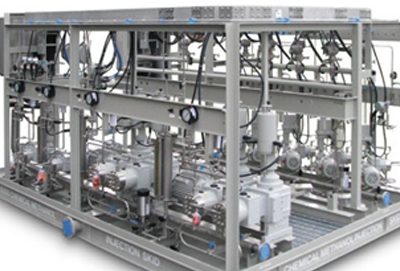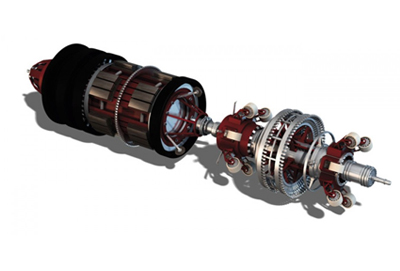Details
- Construction Date 09 Sep 2018
- Category Offshore
Description
What is typically meant by Subsea Rock Installation?
Rock has been used for ports and coastal protection purposes for centuries – for dikes and breakwaters, groins and scour protection. During the past several decades the major dredging contractors have become increasingly involved in the development and execution of Rock Installation in marine environments. From the previously used term rock dumping, today the term Subsea Rock Installation is commonly used to reflect the advanced techniques that are being applied, in particular for the offshore oil and gas sector. Two types of Subsea Rock Installation should be distinguished: One is for shallow water and is typically used for coastal and embankment protection works and for scour protection for the offshore oil, gas and wind energy developments at up to 50 meters of water depths. The other is Rock Installation at greater water depths, usually ranging from 50 to 2,200 meters, and is most frequently applied for the offshore oil and gas industry.
What types of specialized Rock Installation technologies are used?
Specialized rock vessels have been developed and their sizes and the technologies that guide rock placement are constantly being improved. These heavy-duty vessels are able to load and transport very large quantities of rock and accurately place the rock at a precise pre-destined location. In recent years, for very deep rock placement, new technologies for guiding accurate Rock Installation continue to be developed, for instance, subsea acoustic positioning, discharge control, sensors, cameras, profiling scanners, streaming pre- and post-survey techniques and so on. These technologies are steadily growing in importance as the need for Subsea Rock Installation for the offshore industry is expanding.
What are some applications for Subsea Rock Installation?
Some instances where Subsea Rock Installation is applied in the offshore oil and gas industry include:
- In the preparation of the seabed prior to pipe or cable laying or platform installation;
- To prevent scouring around maritime structures such as offshore platforms and rigs;
- To protect pipelines against damage from anchors, trawler boards, fishing nets and such;
- To mitigate the free span of pipelines in undulating terrain;
- For offshore ballasting works;
- To achieve axial locking and mitigate lateral or upheaval buckling of the pipeline, e.g., owing to temperature and pressure changes of the pipe; and
- For the physical separation and mutual protection of two or more pipelines or cables in case these cross each other.







